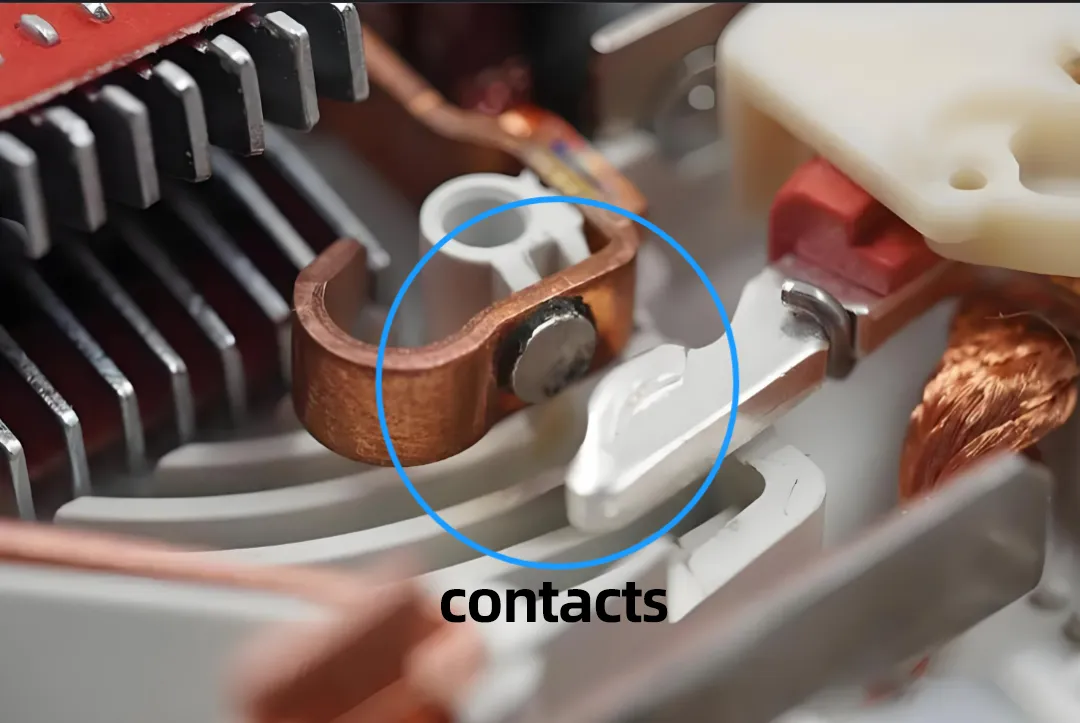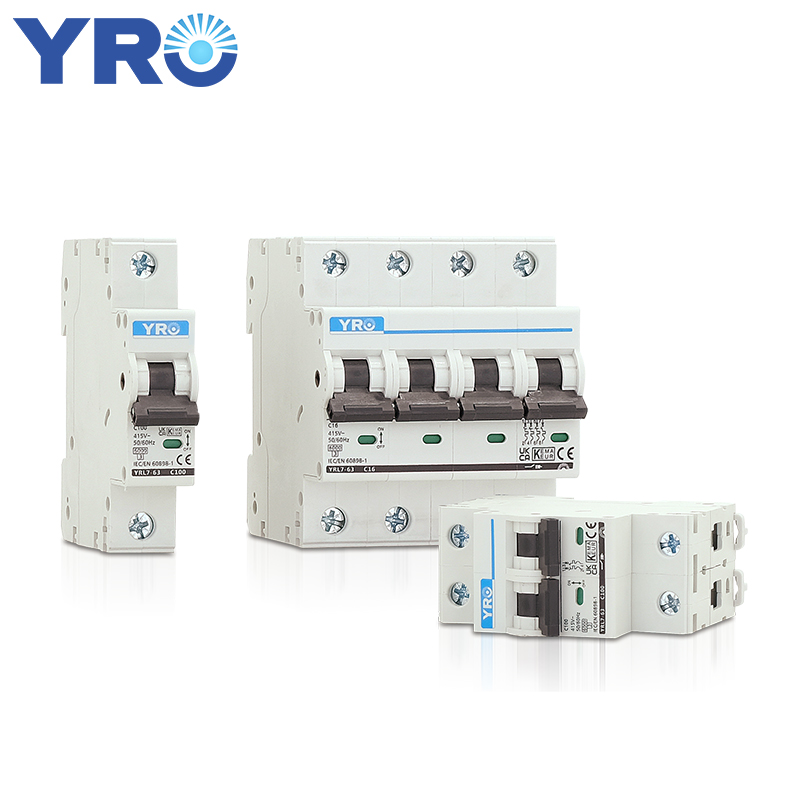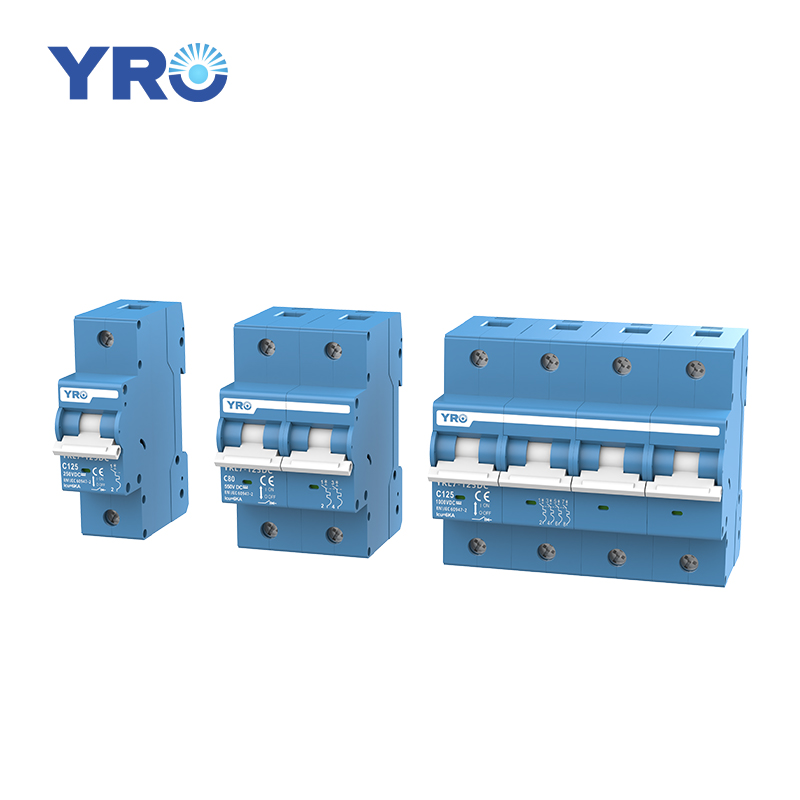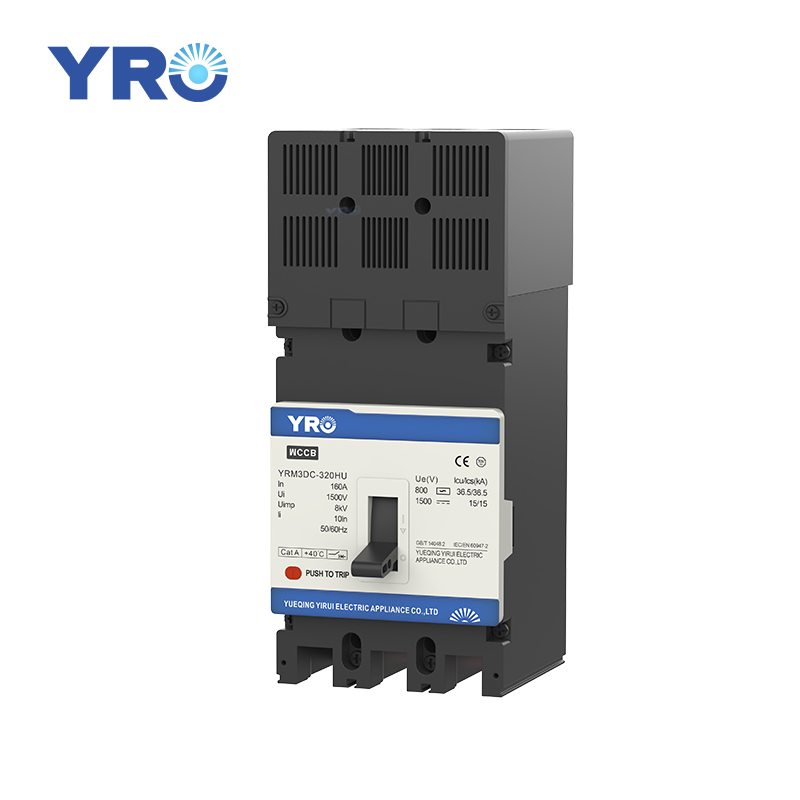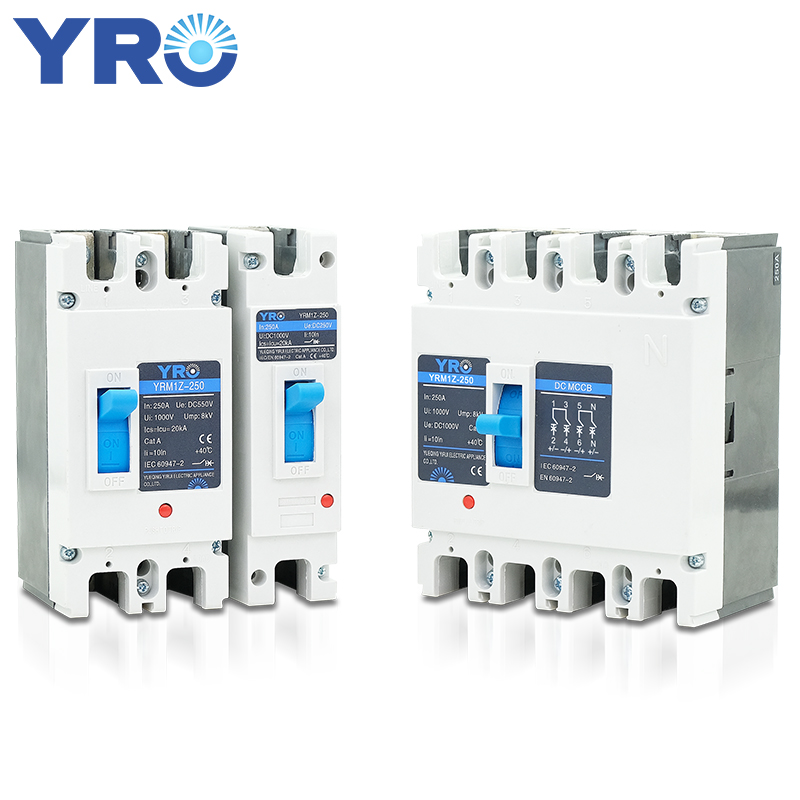In many electrical installations, Stromkreisunterbrecher are usually connected in series with the load rather than only installed on the power supply side. You might be curious: Why adopt such a design? Is such a configuration really necessary? This article will explore the reasons and advantages of connecting circuit breakers in series with loads.
Core Reason: Circuit Protection
Die Hauptfunktion eines Stromkreisunterbrecher is to detect and cut off overload or short-circuit current. Only when the current completely passes through the circuit breaker can it promptly open the circuit when a fault occurs, preventing the current from continuing to flow to the load and upstream equipment. If the circuit breaker is connected in parallel with the load, the current will split, and part of the current cannot be detected by the circuit breaker, which may cause the protection function to fail to operate normally.
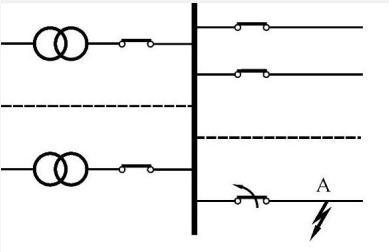
Power Grids with Short Circuit Faults
Advantages of Series Connection for Circuit Breakers
Forming a Unique Current Path to Achieve “Series Tripping”
The contacts, current sensing elements and loads of traditional circuit breakers are all connected in series in the same circuit. Thus, when the circuit breaker trips, the entire circuit is immediately disconnected and all subsequent loads are cut off. This single-path feature makes fault location and system recovery more concise and reliable.
Achieving Selective Protection for the Overall Circuit
In power distribution systems, a main circuit breaker is often set up first on the main line, and then branch circuit breakers are installed on the branch lines. The series relationship between the main circuit breaker and the branch circuit breakers, allows the upstream circuit breaker to act first when a serious fault occurs on a branch, preventing the fault current from spreading to the entire distribution network, thus achieving hierarchical and selective protection.
Facilitating Coordination with Other Protective Components
When the breaking capacity of a circuit breaker is insufficient, fuses or other current-limiting components are often connected in series before and after it to form “double protection”. This series combination can function separately under different fault levels, enhancing the reliability of the overall system.
Wear Detection and Maintenance of Circuit Breakers After Long-Term Operation
Why Pay Attention to Circuit Breaker Wear?
During long-term use, even under normal operating conditions, the internal key components of a circuit breaker will gradually wear out. This may lead to:
- Extended tripping time
- Decreased protection accuracy
- Increased risk of complete failure
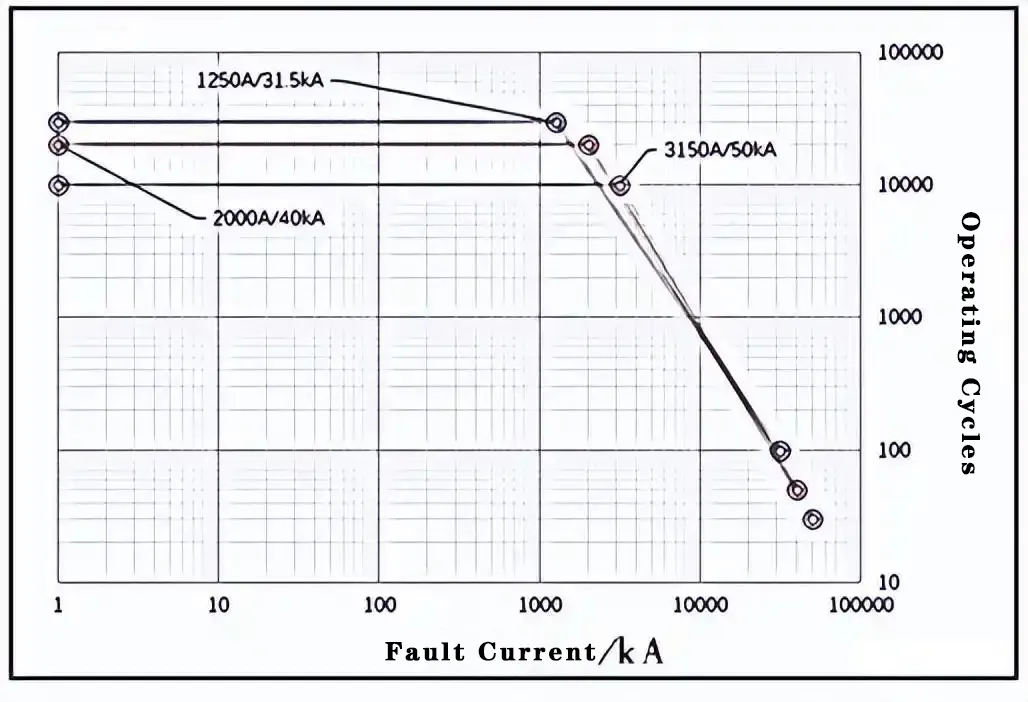
Theoretical Electrical Life Curve of Vacuum Circuit Breakers
Overview of Key Wearing Components
| Komponente | Main Wear Mechanism | Detection Significance |
| Moving and stationary contacts (arcing contacts) | Arc corrosion, mechanical impact causing contact surface thinning | Directly determines the breaking/closing capability and lifespan of the circuit breaker |
| Operating mechanism (spring, linkage, buffer) | Mechanical fatigue, impact wear | Affects action time and reliability |
| Arc extinguishing chamber / arc extinguishing medium (vacuum, SF₆, oil) | Cumulative arc energy, medium aging | Determines arc extinguishing efficiency and insulation level |
| Insulation and sealing components (rubber, grease) | Thermal aging, chemical decomposition | Affects insulation strength and leakage prevention performance |
| Sensing/control circuit (current transformer, relay) | Coil aging, poor contact | Affects the sensitivity of protection operation |
Detection Methods and Practical Recommendations
Contact Detection
- Use an infrared thermal imager or a dedicated current measurement device to detect whether the temperature rise of the contacts is abnormal.
- Observe whether there are any marks of ablation, carbonization or poor contact on the surface of the contact points.
Operating Mechanism and Spring
- Manually or by using testing instruments to simulate the operation, check whether the closing and breaking actions are smooth and whether the spring force has decreased.
- Test the break time and recovery time to ensure they are within the standard range.
Arc Extinguishing Device
- Observe whether there is obvious carbon deposit or damage in the arc extinguishing chamber or the conductive pipeline.
- Regularly clean or replace consumables to ensure the reliability of circuit breaker operation.
Comprehensive Maintenance Recommendations
For circuit breakers of critical loads, a periodic inspection plan can be formulated, taking into account the actual operating time and the number of trips.
Determine whether replacement or repair is needed based on the detection data to avoid unexpected power outages or equipment damage.
Schlussfolgerung
Die Stromkreisunterbrecher needs to be connected in series with the load, which is a basic requirement for ensuring the normal operation of the electrical safety protection system. As the usage time increases, we also need to pay attention to the wear and tear of the internal components of the circuit breaker. Through regular inspection and maintenance, we can ensure that it remains in good working condition.
The correct connection method and regular status checks are both important measures for maintaining electrical safety.

